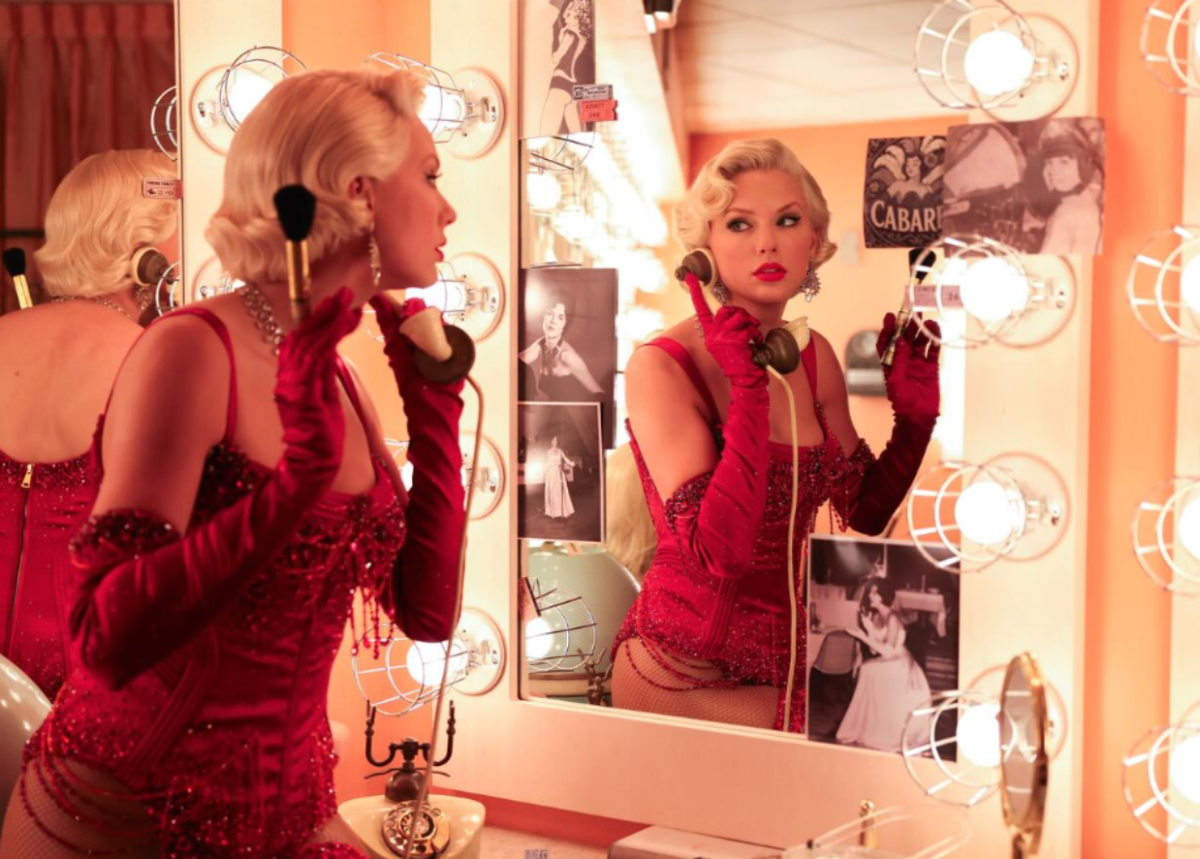Women in the Military
June 10, 2016
It is inarguable that America has changed dramatically since the US led interventions in Iraq and Afghanistan, yet many of these changes are overlooked. One of these changes is the full inclusion of women in the Armed Forces.
On the eve of 9/11 American, women had never been assigned to front line duty for the armed forces, yet America’s Global War on Terrorism put many issues in perspective for the American People, and the exclusion of women from front line duty is just one of these.
Although the US Army only recently opened up all combat jobs to female soldiers, women have been experiencing combat in one way or another ever since the US invaded Afghanistan in 2001. At first many of these women soldiers served in support jobs and as medics, yet the nature of the wars in Iraq and Afghanistan meant that even people in these positions experienced combat. Now female soldiers are found in nearly every field of the military.
The number of women enlisting in the armed forces is increasing. This growing list includes my cousin and 2012 Hingham High School graduate, Julia McCabe. Julia first joined the Army two years ago, when she enlisted in the Airborne and applied for the Army language school in Monterey, California. Since she first enlisted, a lot has changed for women in the military, including recent developments such as the opening of all military jobs to women just a few months ago and the consideration of requiring women to enlist in the draft.
In a recent interview with her, my cousin Julia confirmed that, as far as she knows, women can enlist in practically any job in the Army. On the draft she offered some helpful insight saying that, “I am in favor of having women register for the draft. Although I will always prefer to be alongside a soldier who wants to be there, should the situation arrive, I think everyone should do their part. I also think that the equality issue cuts both ways, and it is unfair to only ask for equality when it benefits you.”
Controversies continue to plague the assimilation of women into the military. These range from different physical requirements for male and female soldiers, to whether or not women should be allowed to enter full combat duty, to the problem of military sexual assault.
For physical requirements, male recruits need to run 2 miles in 15 minutes and 54 seconds, do 42 push-ups in 2 minutes and do 53 sit ups in 2 minutes. Female recruits need to run 2 miles in 18 minutes and 54 seconds, do 19 push-ups in 2 minutes and do 53 sit ups in 2 minutes. Julia said that the Army is currently working to change these requirements after opening combat jobs to women in an effort to make them more jobspecific, but also that concerns have been raised about healthrelated issues which threaten this new progress.
One of the most prominent of these health concerns deals with the effects of long marches, as women are more prone to hip problems than men, and they have an increased risk for injury when carrying heavy weight over long distances.
































